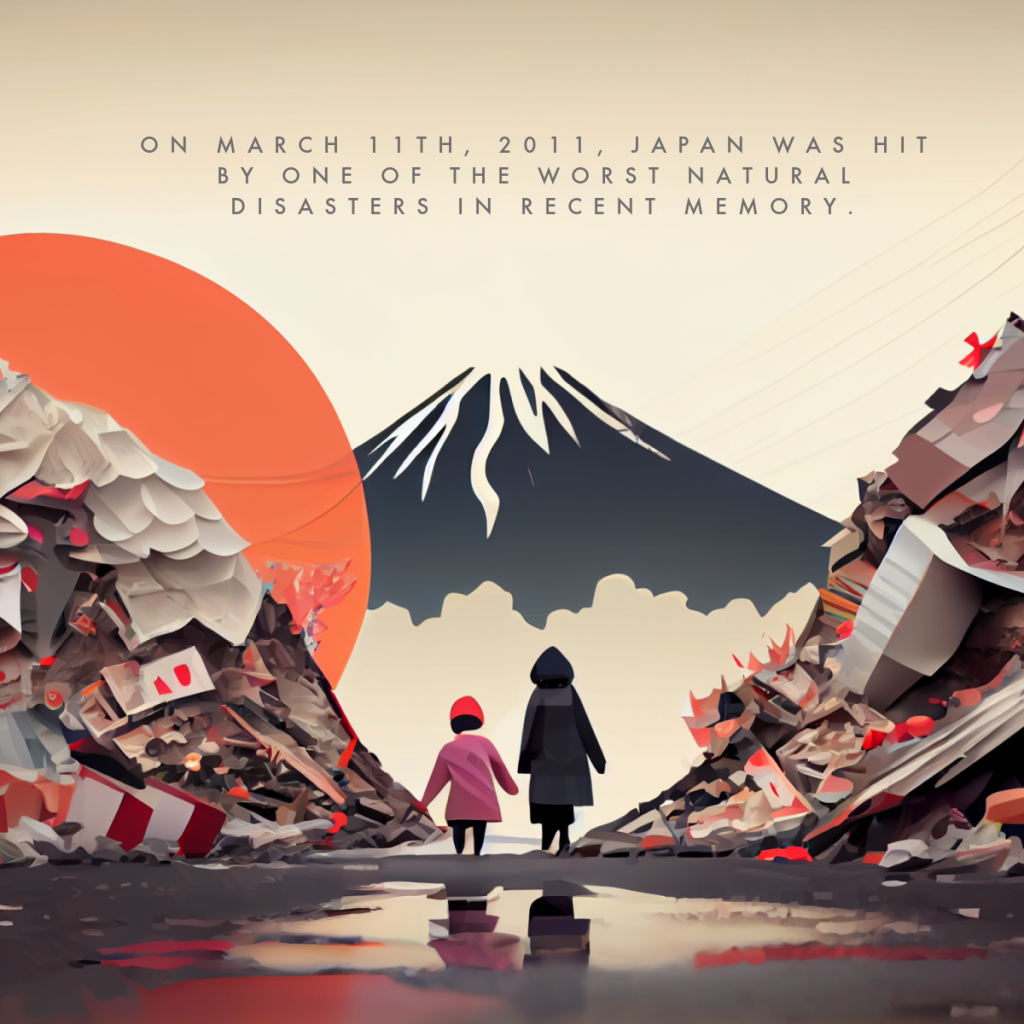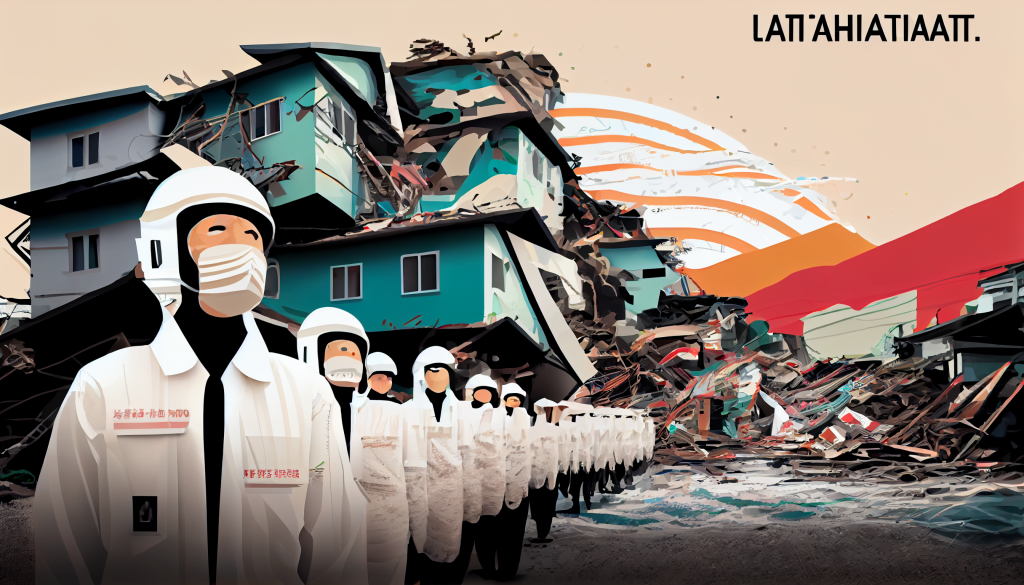
On March 11th, 2011, Japan was hit by one of the worst natural disasters in recent memory. An earthquake measuring 9.0–9.1 on the Richter scale caused a devastating tsunami that destroyed much of the Tohoku region of the country. The earthquake and tsunami resulted in more than 19,759 deaths, 6,242 injuries, 2,553 missing, and billions of dollars worth of damage.
The earthquake struck off the eastern coast of Japan at 2:46 p.m., with its epicenter located about 80 kilometers (50 miles) east of Sendai City. The shaking lasted for around six minutes and was felt throughout much of eastern Japan, including Tokyo, some 400 kilometers (250 miles) away from ground zero. In some areas near the epicenter, buildings were totally destroyed by ground shaking alone.
The destructive force of the quake triggered a massive tsunami that barreled into the eastern coast at speeds greater than 800 kilometers per hour (500 mph). The waves reached heights up to 40 meters (130 feet), destroying everything in their path, including homes, businesses, roads, bridges, and other infrastructure. Entire towns were wiped out, and whole communities were displaced due to flooding and destruction caused by the tsunami’s powerful waves.
In addition to physical destruction, the disaster sparked a nuclear crisis when several reactors at Fukushima Daiichi Nuclear Power Plant suffered meltdowns after losing power due to damage sustained during the earthquake and tsunami. This led to two major evacuations covering a total area of around 12 miles from the plant’s site due to fears over potential radiation exposure in those areas.
The effects of this disaster are still being felt today across many parts of Japan – particularly in areas affected by both earthquake and tsunami damage – with recovery efforts still underway thirteen years later. Along with physical losses such as homes and businesses being destroyed, many people have suffered emotional trauma from losing family members or friends during this tragic event.

In the end, It is ultimately inspiring how quickly people came together to rebuild their lives after such devastation occurred; countless volunteers worked tirelessly alongside government officials in clean-up operations while communities put aside their differences to help where they could in any way possible – be it providing shelter for those who had been displaced or offering emotional support for those who had lost family members or friends during this tragedy. Through these acts of solidarity shown between individuals, hope continues even during difficult times like these – reminding us all that strength can come from even our darkest moments when we come together to help one another.
However, out of this tragedy came some lessons learned that are helping to make buildings more secure and promote better access to help in case of natural disasters. In response to the disaster, several innovations have been made that can improve building safety and provide greater access to assistance during emergencies. Among these are seismic isolation systems, improved evacuation routes, and increased use of digital technologies for communication and coordination during crises. By utilizing these measures, we can ensure greater safety for those living or working in potentially hazardous environments and better access to emergency aid when needed most.























